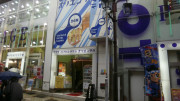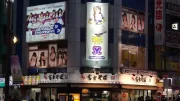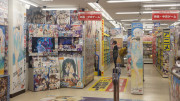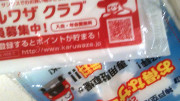Many restaurants in Japan display plastic food models of their dishes outside the restaurant or in their windows. These incredibly realistic models look convincing enough to eat and give diners a clear idea of what to order. There’s no need to struggle with a poorly translated menu when you can see a perfect plastic replica of what’s on offer
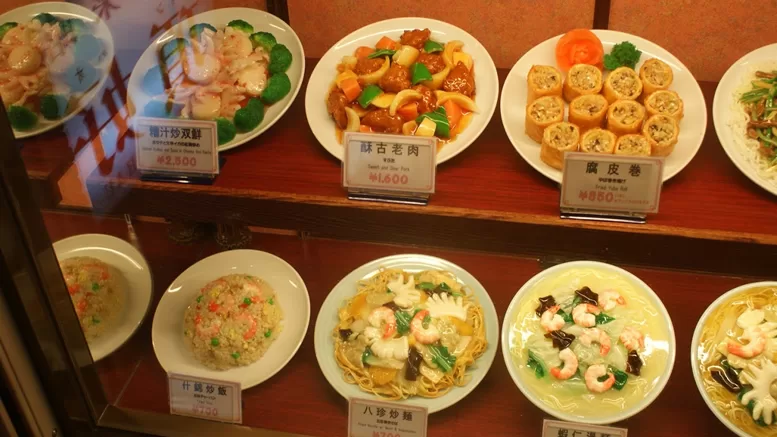
Tokyo’s Kappabashi-dori, or Kitchen Town in Asakusa, is a street dedicated to all things kitchen-related. The shops in this district sell just about everything needed for a home or commercial kitchen, from pots and pans to knives, chopping boards, and even plastic replica foods. You can purchase almost any dish imaginable in plastic, and the level of detail is astonishing.
Plastic food models are a true art form, dating back to around 1917 when they were originally made from wax. Today, they are typically crafted from a vinyl plastic resin. The process involves covering real food in a silicone mixture, allowing it to dry, then removing the food to create a mould. This mould is filled with plastic resin and meticulously painted to resemble the real dish. These food replicas are known as sampuru, derived from the English word sample.
Most plastic food models are hand-moulded and painted, making them quite expensive, but they also make for one of the most unique souvenirs from Japan. A few plastic sushi rolls or a realistic plastic bowl of rice can be a fun and memorable keepsake.
To visit Kappabashi, take the Ginza subway line to Tawaramachi Station, followed by a five-minute walk. The area spans about eight blocks and is filled with kitchen-related shops. Kappabashi is also a great place to find Buddhist and Shinto supplies, crockery, and beautifully crafted wooden bento boxes.
If you’re in Osaka, the Doguyasuji shopping street is the city’s equivalent of Tokyo’s Kitchen Town. Though more compact than Kappabashi, it’s well worth a visit. Doguyasuji is located a few blocks southeast of Osaka’s Namba Station.

